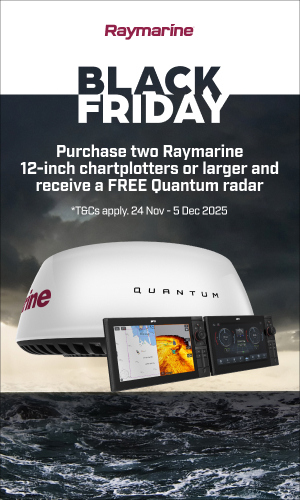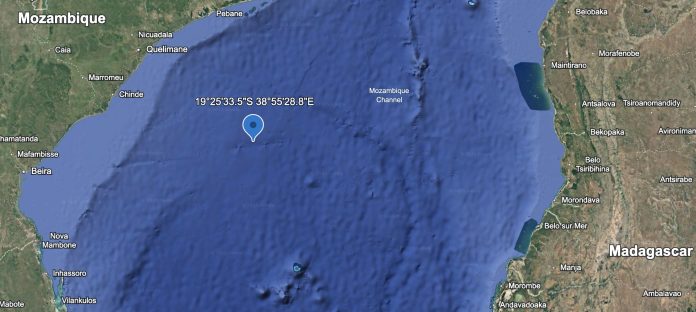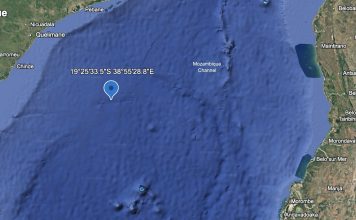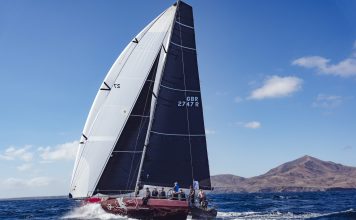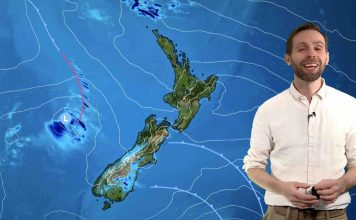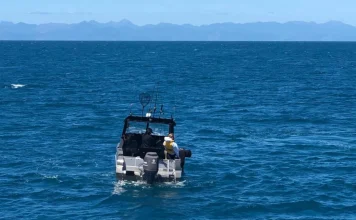Today marks a year since the New Zealand Navy ship hit the Tafitoala reef off the south coast of Upolu and sank, damaging 5000 square metres of the reef – half the size of Eden Park – and spilling hundreds of thousands of litres of diesel and oil into the ocean.
For six months, villagers in the district of Safata were unable to gather seafood in their usual fishing grounds and they say the fish have still not returned.
Local businesses and a leading marine scientist said communication has been scarce since the sinking.
Ulugia Su’a Jay Ah-fook Schuster owns the Maninoa Ocean Club in Upolu, just a few villages away from where Manawanui sunk.
Given the devastating effects the sinking of Manawanui had on the island’s fishing industry, he said it was vital the $6 million in compensation went to the right people.
Read our back-stories. Article continues below:
New Zealand pays Samoa $6m over grounding of HMNZS Manawanui
Operation Resolution: The Next Phase in HMNZS Manawanui Salvage
NZDF Operation resolution moves forward with key milestones achieved
NZ Navy Ship HMNZS Manawanui Sinks off Samoa After Fire and Grounding
“Into the villages, not just up, you know, with the high chiefs and the government departments, but I think it should really spread out to the actual people.
“Apart from the people that fish out that area, the people that have to buy from the people that were fishing, prices went up because they were now going further away from where they normally fish.”
Schuster said crucial information has not been getting through to locals.
“Sad and disappointing and again, I don’t see why it’s so hard not just to explain or let us know what is actually happening from both governments.
“We even had your prime minister come over and he never made an effort to come out to the village, and we haven’t received an apology.”
Schuster said he and other businesses were not consulted about whether the wreck of Manawanui should remain resting on the Tafitoala reef, 35 metres below sea level.
“Everything’s been taken off, but the job hasn’t been completed, and you know it’s open for incidents to happen, and we don’t know whether they’re going to come back and finish it off or a local company is going to do it.”
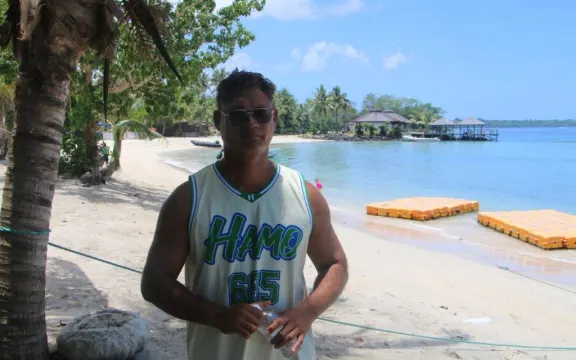
Brent Ross runs fishing and surfing tours Outdoor Adventures in Samoa, he said many people want the wreck gone.
There is still a 2km restricted area surrounding the sunken vessel, which has driven up his operating costs.
“We’ve got to go all the way around that zone to get from A to B, adds travel time, adds fuel expense.
“Normally, travelling between the surf spots, you know, we’ll do a bit of fishing along the edge of the reef and that and we just can’t do that at the moment.”
For months after Manawanui sank, Ross had to pay another operator to take his guests he even considered closing down
He welcomes compensation from the New Zealand government but is sceptical about whether it will get to those who were worst affected.
“New Zealand’s come to the party there and it’s a matter of waiting for the Samoan government to virtually pass that through Parliament and implement compensation… not holding my breath.”
Paul Irving has 40 years of experience, working on major maritime spills around the world including the Rena and X-Press Pearl.
Until May this year he was working as a Maritime Pollution Project Officer at the Secretariat of the Pacific Regional Environment Programme (SPREP).
He also has concerns around Manawanui vessel remaining on the reef.
“One of the rules about vessels is that waves touch the bottom at seven times the height of the wave.
“So a five metre wave, you know, a storm wave, will touch the bottom at 35 metres… the vessel could bounce.”
There is potential for the vessel to become a tourist diving attraction, but Irving said it would first need to be secured so divers can not get trapped.
To date no environmental report on the impacts of Manawanui sinking has been made public.
Irving said such information would be useful for other Pacific Island nations to learn from.
“It’s unfortunate, but it would be nice eventually for that work to be in the public domain it is really important scientific data about the nature of the oil spill.
“The lessons to be learned from that environmental report will be important for other Pacific Islands and other places with coral.”
While other disasters he has worked on were bigger in terms of the diesel and oil leaks, Irving said the sinking of Manawanui was disastrous for other reasons.
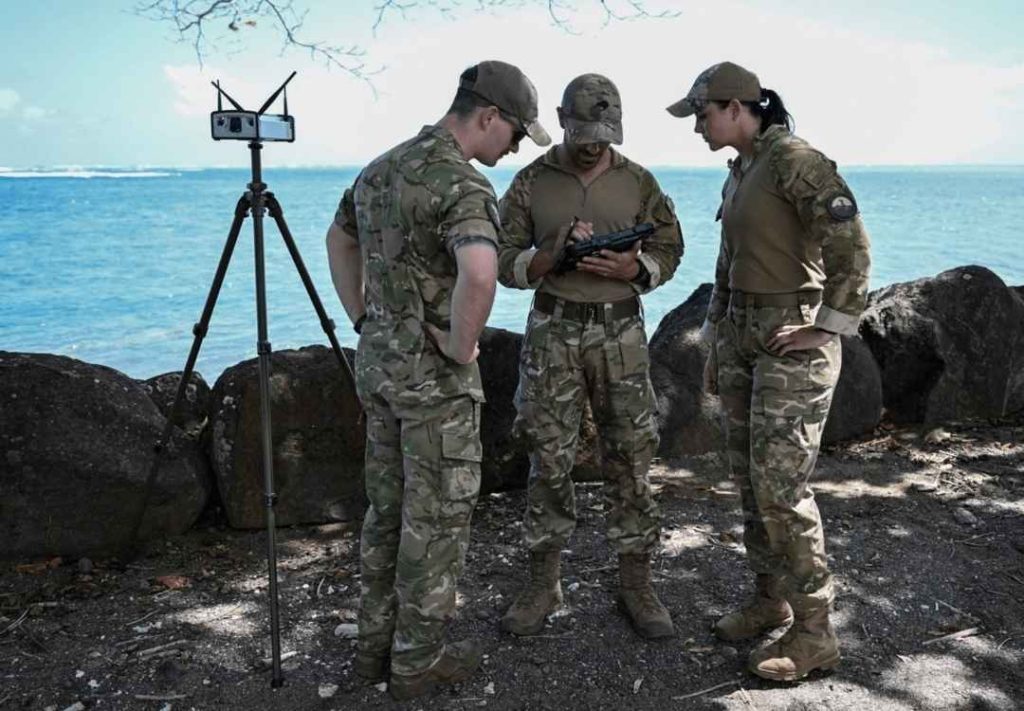
“It impacted those people so completely from a cultural and socio-economic point of view, which I think a lot of people in New Zealand and other countries don’t understand, that was those people’s backyard.”
In a statement to RNZ, New Zealand Defence Force HMNZS Manawanui response lead Captain Rodger Ward said further work was needed.
“That work includes progressing an independent wreck assessment together with environmental studies.
“This information will be essential in supporting decisions about the future work required.
“The priority remains, as it has been throughout, to minimise any environmental impacts of the sinking, and to support the government of Samoa in its response.”
“One year on we recognise the impact that the sinking has had on the people of Samoa, particularly the communities of the South coast, and also the support the NZDF has received from the government and people of Samoa in dealing with the aftermath.”
The New Zealand government has paid the Samoan government $6 million in compensation following the sinking of HMNZS Manawanui.
Originally published on rnz.co.nz













